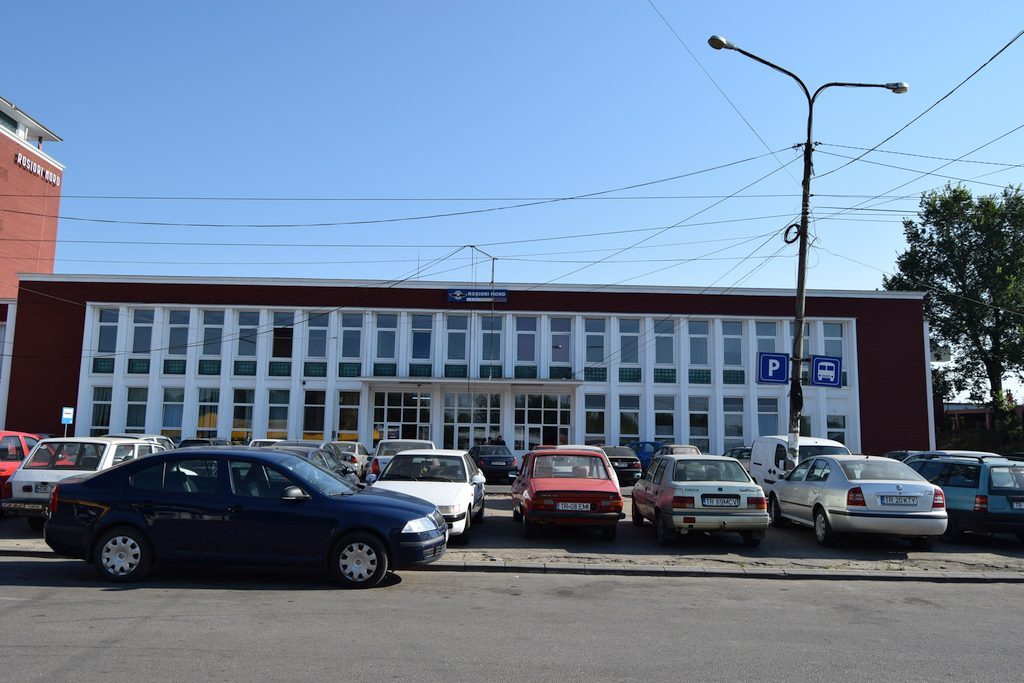

The train Station from Roșiorii de Vede is an historic monument built in 1889.
In 1927, the royal family visited Roșiorii de Vede descending off the train in the historic train station.
On 11 April 1944, the Ministry of Internal Affairs considers that within this station are organized sabotage actions against the German army.
The oldest material traces of human habitation in this area are from the Neolithic and are attested by the existence of two settlements (called by locals “fortresses”) located in the current area of the city: “Palanca” and “Livezi”.
The habitation hearth of the Thracians, established here around the 2000s BC, of which were formed in the Bronze Age, the Geto-Dacian tribes includes lands that shelter numerous artifacts from the period of transition from the Stone Age to Metal age.
In the centuries II-I BCE until Burebista, in the area of the Roșiorii de Vede city is signaled the presence of Celtic Scordisci from Sava region. At the end of the century IX, the area is subject to a new barbarian invasion. It is about pecenegi (of Turkish origin) of which berindeii and uzii are tribes that have inhabited in certain parts of Teleorman. The last invasion of the migratory populations it is known by area of Roșiorii de Vede city in 1241, when the Tartars (Mongolian nation) under the leadership of Bujdek, cross the Wallachia and enter in Transylvania through Olt Valley, as the chronicle of Fazul-Ulad-Rasid-ed-din tells us.
The archaeological excavations made at Dulceanca (3 km east of the city) have uncovered evidence of the continuity of the material culture of the locals during the invasion of the migratory populations. Here it was discovered an important archaeological complex consisting of a succession of settlements from the Neolithic until the thirteenth and fourteenth centuries.
The city Roșiorii de Vede is first mentioned in a document dating from the late fourteenth century. The document is an “Jurnalul de călătorie ” written in German by two pilgrims, Peter Sparnau and Ulrich von Tennstadt that in 1385 (during the reign of Radu – the father of Mircea cel Batran) cross the Romanian Country and Transylvania, after a pilgrimage to Jerusalem. Commenting the document from 1835 Nicolae Iorga appreciated that the city of Roșiorii de Vede is a much older locality than its documentary attestation, in XIV century representing in fact a feudal townlet which will gradually develop until will permanently pass to an urban life in the late seventeenth century.
Although in 1385 the locality has already the character of a town fair, it will figure in the official documents as a lordly village until the beginning of the eighteenth century.
